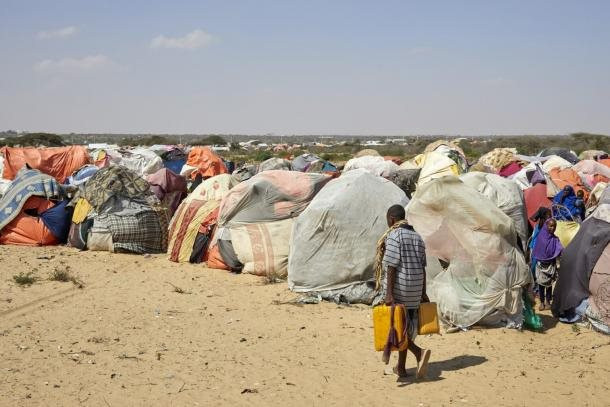
Studies have added to the growing evidence of the serious socio -economic impacts of greenhouse gases, as highlighted in the World Meteorological Organization (WMO) State of the Global Climate reports.
World Weather Attribution, a consortium of scientists affiliated with the WMO community, said the April heat in Portugal, Morocco and Algeria would have been almost impossible without climate change.
Mediterranean heat wave
In late April, parts of southwestern Europe and northern Africa experienced a major heatwave that brought temperatures previously unrecorded for the region at this time of year, with temperatures reaching 36.9 to 41 degrees Celsius in four countries. The heatwave broke temperature records by a wide margin, amid intense drought.
Around the world , climate change has made heat waves more common, longer lasting, and hotter.
“The intense heatwave, which follows a pre-existing multi-year drought, has exacerbated water shortages in the Western Mediterranean region and threatened crop yields in 2023,” said Dr. Fatima Driouech, Associate Professor at Mohammed VI Polytechnic University (Morocco). “As the planet warms, these problems will become more frequent and require long-term planning, including the implementation of sustainable agricultural models and effective water management policies.”
To quantify the impact of climate change on rising temperatures, scientists analyzed weather data and computer model simulations to compare today's climate, after the Earth has warmed about 1.2 degrees Celsius since the late 1800s, with the climate in the past.
Scientists looked at the average of maximum temperatures over three consecutive days in April across southern Spain and Portugal, most of Morocco and northwestern Algeria. They found that climate change has made heatwaves at least 100 times more likely, with temperatures up to 3.5 degrees Celsius hotter than they would have been without climate change.
“According to other analyses of extreme temperatures in Europe, extreme temperatures are increasing faster in the region than climate models predict, a problem that is currently being studied intensively. Global temperatures will continue to rise and events like this will become more frequent and severe until greenhouse gas emissions are generally stopped,” the researchers said.
The study was conducted by 10 researchers from World Weather Attribution, scientists from universities and meteorological agencies in France, Morocco, the Netherlands and the UK.
Prolonged drought in the Horn of Africa
Another study just published by World Weather Attribution also shows that a multi-year drought has hit the Horn of Africa, one of the world's poorest regions, and caused severe food insecurity for more than 4 million people.
The researchers looked at whether human-caused climate change was responsible for the low rainfall and also looked at the role of temperature. In relation to the Horn of Africa, the organisation said droughts were made worse by low rainfall and increased evaporation due to higher temperatures in a world that is now nearly 1.2 degrees Celsius warmer than pre-industrial times.
“Climate change has made the current drought more severe and more likely,” say scientists at World Weather Attribution. “It is estimated that such droughts are about 100 times more likely to occur.”
Fragility and conflict, as well as prolonged drought, have further exacerbated the situation, especially for people in Somalia. Furthermore, the severity of the impacts associated with prolonged drought also raises serious questions about the preparedness of government agencies to respond to drought and international aid in the future.
Source































































![[Maritime News] More than 80% of global container shipping capacity is in the hands of MSC and major shipping alliances](https://vphoto.vietnam.vn/thumb/402x226/vietnam/resource/IMAGE/2025/7/16/6b4d586c984b4cbf8c5680352b9eaeb0)





































Comment (0)